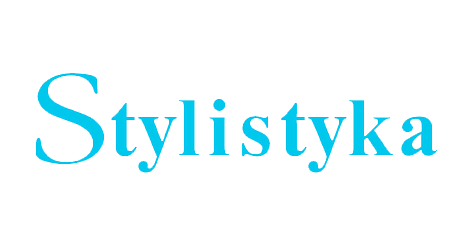Atkinson, M., 1984, Our Masters’ Voices, London, Routledge.
Atkinson, M. & Heritage, J.C., 1984, Structures of Social Action: Studies in Conversation Analysis, Cambridge, Cambridge University Press.
Attardo, S., Attardo, D.H., Blates, P., Petray, M.J., 1994, The Linear Organization of Jokes: Analysis of Two Thousand Texts. - Humor - International Journal of Humor Research, 7 (1), pp.27-54.
Attardo, S. & Chabanne, J.C., 1992, Jokes as a Type Text (Humor and Textuality). — Humor - International Journal of Humor Research, 5 (1-2), pp.165-176.
Attardo, S. & Raskin, V., 1991, Script Theory Resvis(it)ed: Joke Similarity and Joke Representation Model. — Humor: International Journal of Humor Research, 4 (3-4), pp.293-347.
Clayman, S.E., 1993, Booing: The Anatomy of a Disaffiliative Response. — American Sociological Review, Vol. 58, pp.110-130.
Clayman, S.E., 1992, Caveat Orator: Audience disaffiliation in the 1988 Presidential Debates. - Quarterly Journal of Speech, Vol. 78, pp.33-60.
Fine, G.A., 1983, Sociological Approaches to the Study of Humor, in P.E. McGhee & JH. Goldstein (eds.). - Handbook of Humor Research: Basic Issues, New York, Springer-Verlag, pp. 159-182.
Freud, Sigmund (Trans. Strachey, Ed. Richards). 1976(1905), Jokes and Their Relation to the Unconscious, London, Pelican.
Goffman, E., 1981, Forms of Talk, Oxford, Blackwell.
Goffman, E., 1979, Footing, "Semiótica", 25 (1/2), pp.1-29.
Heritage, J. & Greatbatch, D., 1986, Generating Applause: A Study of Rhetoric and Response at Party Political Conferences. — American Journal of Sociology, 92, pp.110-157.
Jefferson, Gail, 1979, A Technique for Inviting Laughter and Its Subsequent Acceptance Declination ”, in G. Psathas (Ed.) - Everyday Language: Studies in Ethnomethodology, New York, Irvington.
Keith-Spiegel, P., 1972, ‘Early Concepts of Humor: Varieties and Issues”, in Jeffrey H. Goldstein & Paul E. McGhee (Eds.) The Psychology of Humor: Theoretical Perspectives and Empirical Issues, New York, Academic Press, pp.3-39.
Lippitt, J., 1995a, Humour and Superiority, “Cogito”, 9 (1), pp.54-61.
Lippitt, J., 1995b, Humour and Release, “Cogito”, 9 (2), pp. 169-176.
Lippitt, J., 1994, Humour and Incongruity, “Cogito”, 8 (2), pp. 147-153.
Morreall, John. 1983, Taking Laughter Seriously, Albany, State University of New York Press.
Paulos, J.A., 1980, Mathematics and Humor, Chicago, University of Chicago Press.
Piddington, R., 1933, The Psychology of Laughter: A Study in Social Adaptation, London, Figurehead.
Psathas, G., 1979, Everyday Language: Studies in Ethnomethodology, New York, Irvington.
Raskin, V., 1985, Semantic Mechanisms of Humor, Dordrecht, D. Reidel.
Rutter, J., 2000, The stand-up introduction sequence: Comparing comedy comperes, “Journal of Pragmatics”, 32, pp.463-483.
Rutter, J., 1997, Stand-up as Interaction: Performance and Audience in Comedy Venues. Unpublished Ph.D. thesis, University of Salford, England.
Sacks, H., Schegloff, E. A., Jefferson, G., 1974, A Simplest Systematics for the Organization of Turn-Taking for Conversation, Language, 50, pp.696-73.
Google Scholar


